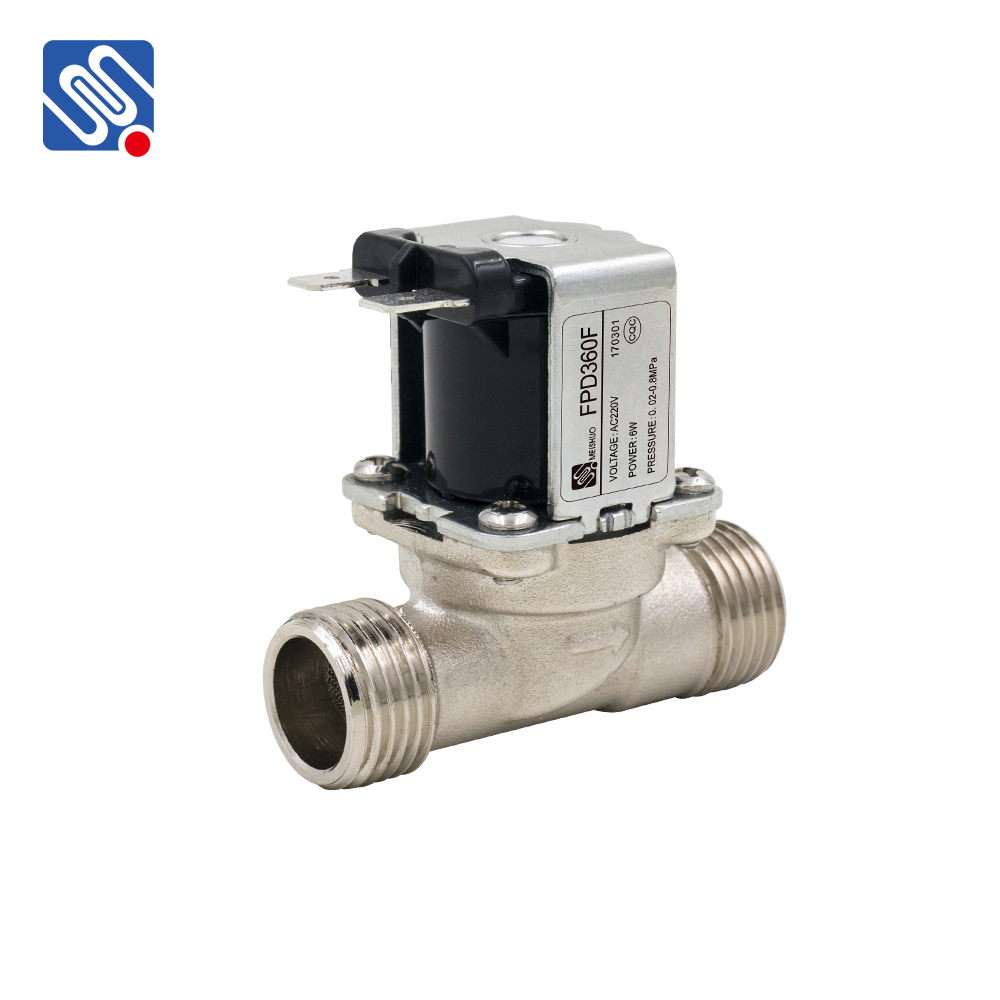understanding direct acting solenoid valve: a comprehensive overview
Release time:2025-06-09 15:31:05
A Direct Acting Solenoid Valve is a type of valve used in fluid control systems to regulate the flow of liquids, gases, or steam by directly using the electromagnetic force generated by a solenoid. Unlike other valve types, which might rely on pressure differences or auxiliary mechanisms to operate, direct acting solenoid valves can function with minimal energy input and are particularly suited for low-pressure applications. This article explores the fundamental workings, applications, and advantages of these valves, providing a comprehensive understanding for anyone looking to understand their role in modern fluid control.

What is a Direct Acting Solenoid Valve?
At its core, a Direct Acting Solenoid Valve consists of an electromagnet (solenoid), a valve seat, and a moving valve element such as a plunger or diaphragm. When an electric current passes through the solenoid, it generates a magnetic field that directly moves the valve element to open or close the valve. Unlike other solenoid valves that may require the presence of a pressure differential to activate, the direct acting variety does not rely on external forces to operate. Instead, the solenoid itself provides the necessary force to control the valve position.

